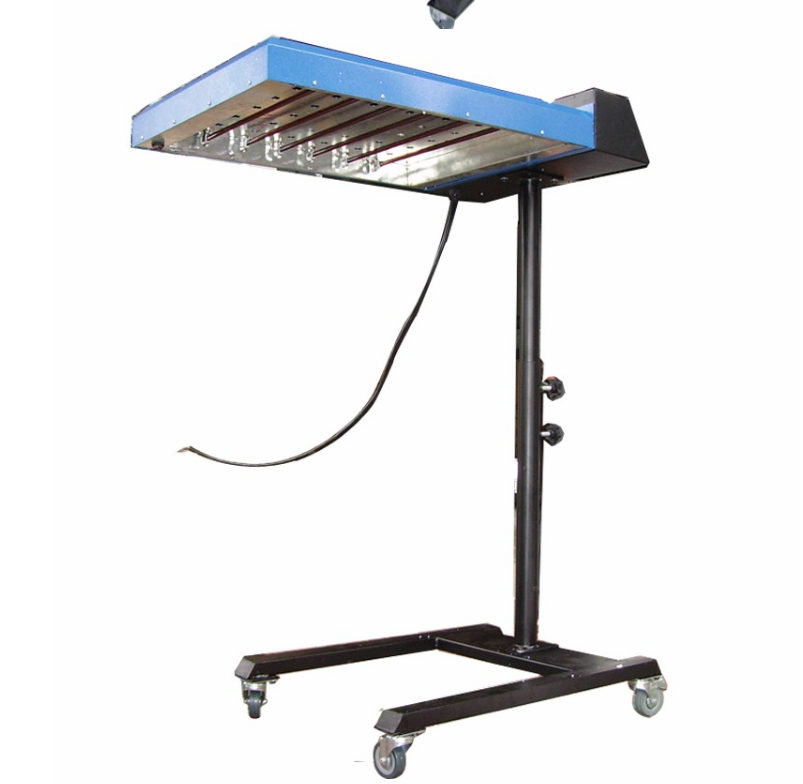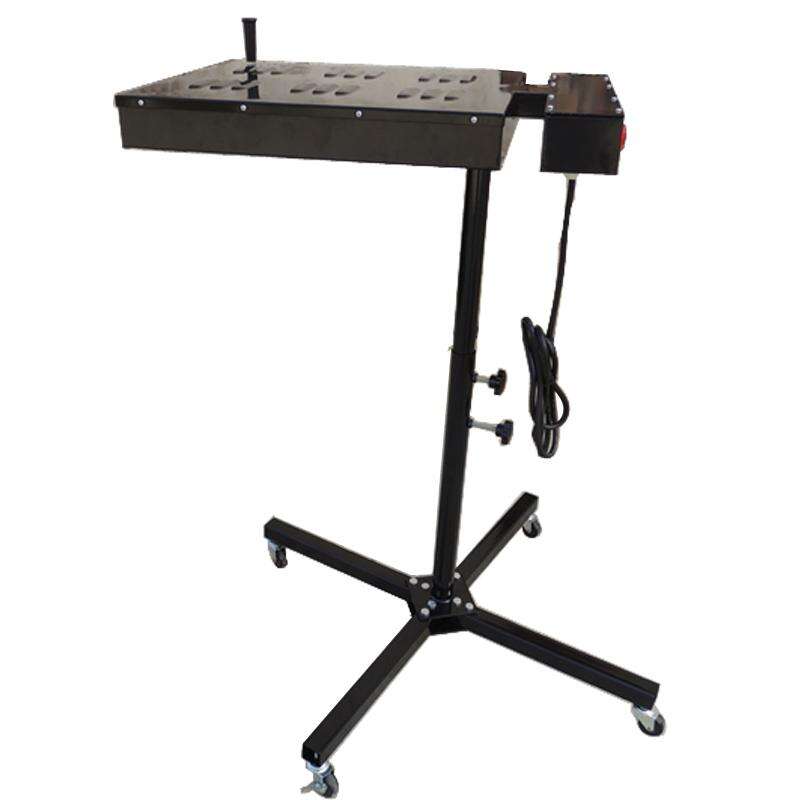Transforming Small Print Operations with Professional Drying Solutions
The success of any screen printing business heavily relies on the efficiency and quality of its curing process. A flash dryer serves as the backbone of small print operations, enabling quick-drying capabilities that maintain production flow while ensuring superior print quality. For emerging businesses and established shops alike, selecting the right flash dryer can mean the difference between mediocre results and professional-grade output.
Modern flash dryers have revolutionized the printing industry by offering precise temperature control, consistent heat distribution, and rapid curing times. These essential tools have become increasingly sophisticated, incorporating advanced features while remaining accessible to small business owners who need reliable performance without breaking the bank.
Essential Features of Professional Flash Dryers
Temperature Control and Heat Distribution
The hallmark of a quality flash dryer lies in its ability to maintain consistent temperature across the entire heating surface. Advanced temperature control systems allow operators to dial in exact settings, preventing scorching or incomplete curing. Digital displays and programmable presets have become standard features, enabling operators to switch between different substrate requirements seamlessly.
Even heat distribution plays a crucial role in preventing hot spots and ensuring uniform curing. Modern flash dryers utilize specially designed heating elements that spread heat consistently across the platen, resulting in professional results regardless of the print position.
Size and Coverage Area Considerations
The heating area of a flash dryer directly impacts production capabilities and versatility. Small print shops must carefully balance their space constraints with production needs when selecting unit size. Standard sizes typically range from 16x16 inches to 20x24 inches, with larger models available for shops handling bigger prints.
Coverage area affects not only the maximum print size but also the efficiency of multiple print runs. A properly sized flash dryer allows for optimal positioning and reduced movement between curing cycles, streamlining the entire production process.

Power Requirements and Energy Efficiency
Electrical Specifications and Shop Setup
Understanding power requirements is crucial when selecting a flash dryer. Most units operate on standard 220V circuits, though some compact models work with 110V power. Shop owners must ensure their electrical infrastructure can support their chosen equipment, considering both voltage requirements and amperage draw.
Professional installation may be necessary to accommodate higher-powered units, but the investment in proper electrical setup pays dividends in consistent performance and safety compliance.
Energy Consumption Optimization
Modern flash dryers incorporate energy-saving features that help reduce operating costs while maintaining performance. Smart heating elements power down automatically during idle periods, and improved insulation reduces heat loss. These efficiency improvements translate directly to lower utility bills and reduced environmental impact.
Some advanced models include energy monitoring systems that provide real-time consumption data, allowing operators to optimize their usage patterns and identify potential savings opportunities.
Mobility and Space Utilization
Mounting Options and Flexibility
The ability to position and adjust a flash dryer quickly becomes essential in smaller shop environments. Contemporary models offer various mounting solutions, from stand-alone units to press-mounted options that integrate seamlessly with existing equipment. Swing-away designs provide additional flexibility, allowing operators to move the heating element out of the way when not in use.
Quick-release mechanisms and adjustable height controls further enhance adaptability, enabling rapid reconfiguration for different production requirements or space constraints.
Storage and Transportation Solutions
For shops with limited space, flash dryers that can be easily stored or moved become invaluable. Lightweight construction materials and robust caster systems allow for simple repositioning, while folding stands and compact designs minimize storage requirements during off-hours.
Manufacturers have recognized the importance of portability, developing models that combine sturdy construction with manageable weight distribution for easy handling by a single operator.
Maintenance and Longevity Considerations
Regular Care and Cleaning Protocols
Maintaining a flash dryer properly ensures consistent performance and extended service life. Regular cleaning of heating elements prevents residue buildup that could affect heat distribution. Inspection of electrical connections and moving parts should become part of routine maintenance schedules.
Manufacturers typically provide detailed maintenance guidelines, including recommended cleaning products and inspection intervals. Following these protocols helps prevent unexpected downtime and maintains optimal operating efficiency.
Component Durability and Replacement
Quality flash dryers feature robust construction with replaceable components, making repairs more economical than full unit replacement. High-grade heating elements, sturdy frames, and reliable control systems contribute to extended service life.
When evaluating different models, consider the availability of replacement parts and the manufacturer's warranty coverage. A comprehensive warranty can protect your investment and provide peace of mind during daily operations.
Frequently Asked Questions
How long should a flash dryer last with proper maintenance?
With regular maintenance and appropriate use, a quality flash dryer typically lasts 5-7 years in a small print shop environment. Some premium models can exceed 10 years of service when properly maintained and operated within specified parameters.
What temperature range is ideal for most printing applications?
Most flash dryers operate effectively between 250°F and 900°F, with common applications requiring temperatures between 300°F and 750°F. The ideal temperature depends on factors such as ink type, substrate material, and production speed requirements.
Can a flash dryer replace a conveyor dryer entirely?
While a flash dryer can handle many small-scale printing tasks, it's generally not a complete replacement for a conveyor dryer in high-volume operations. However, for small businesses focusing on custom orders or limited runs, a flash dryer can serve as the primary curing solution effectively.

